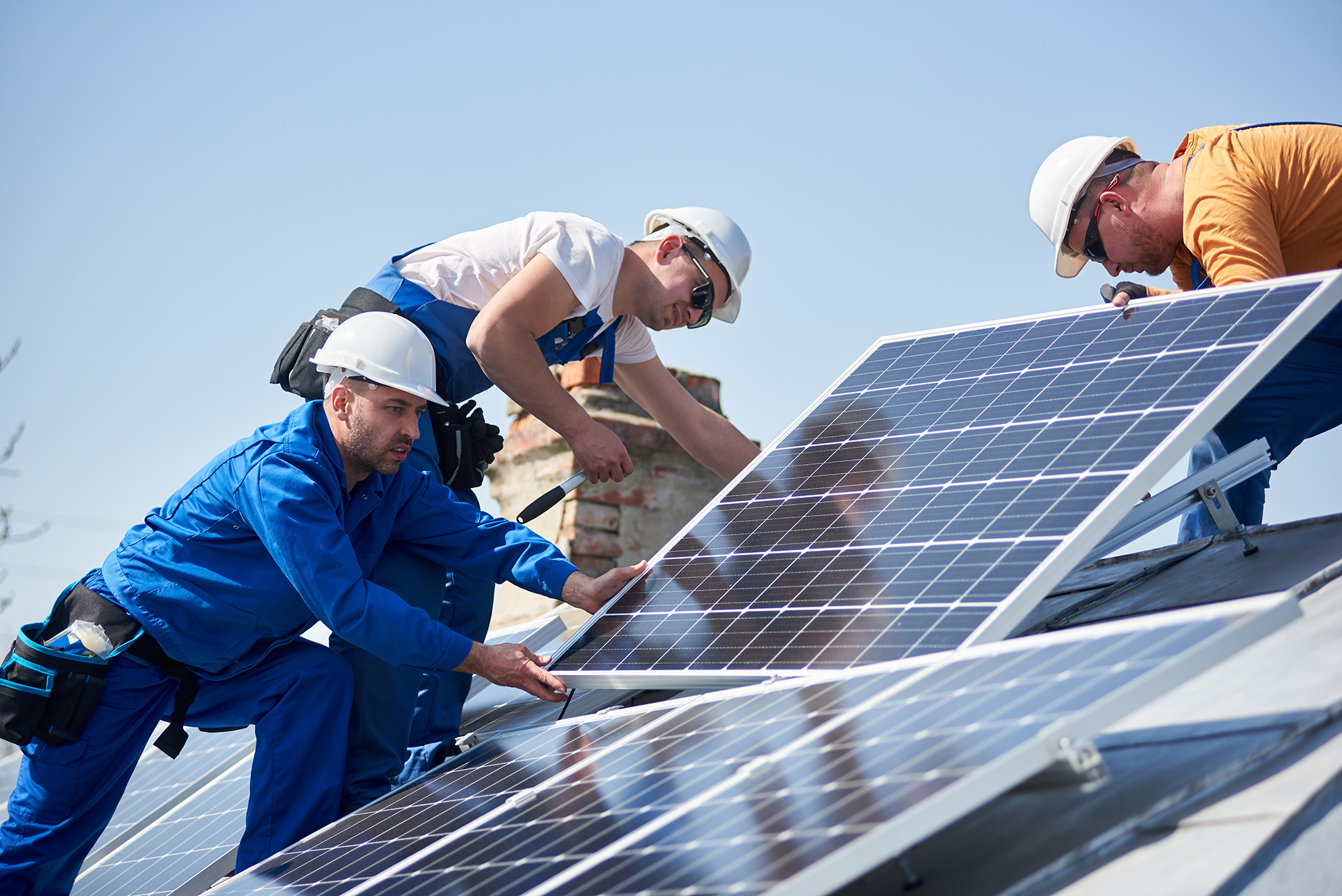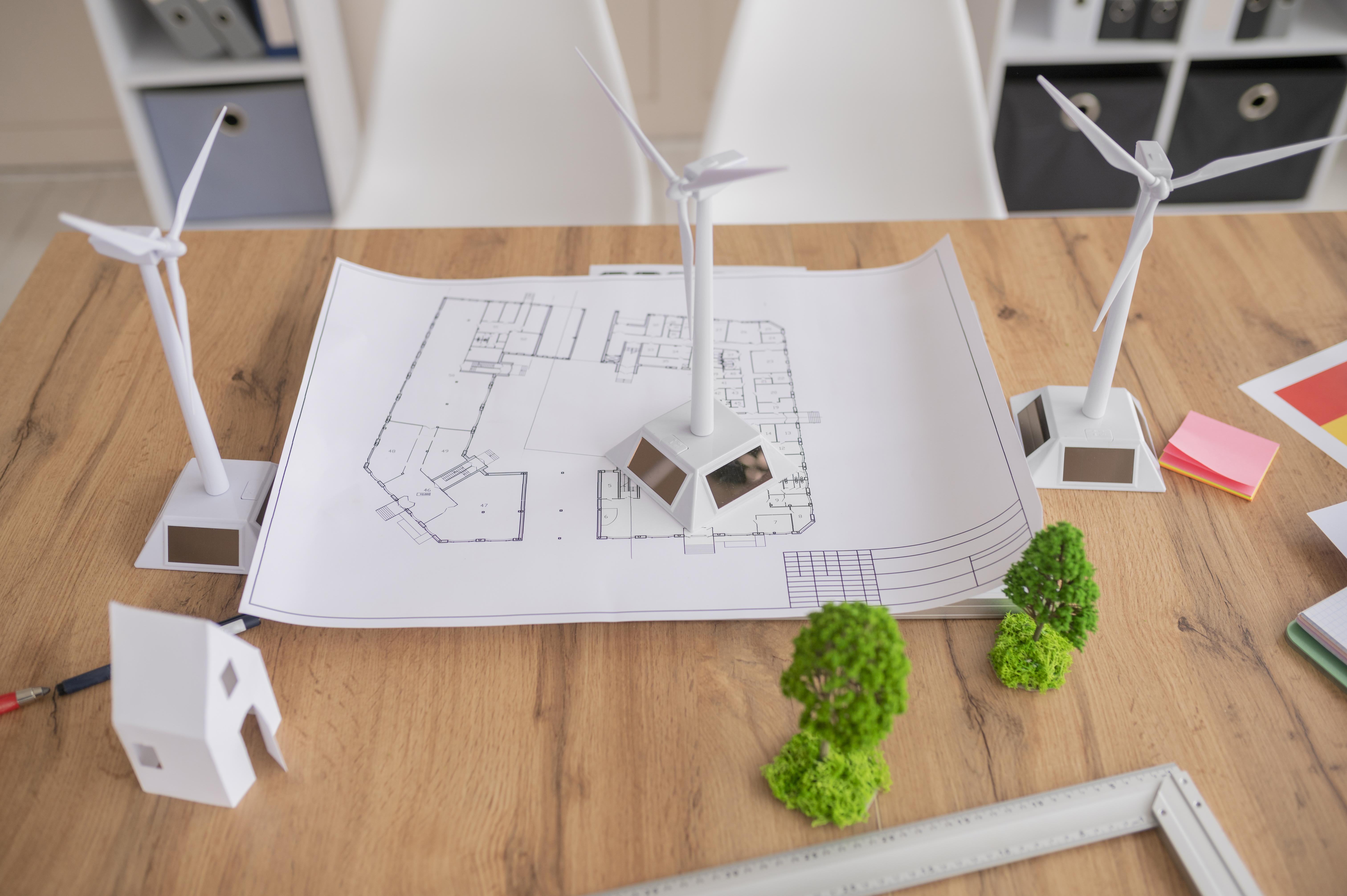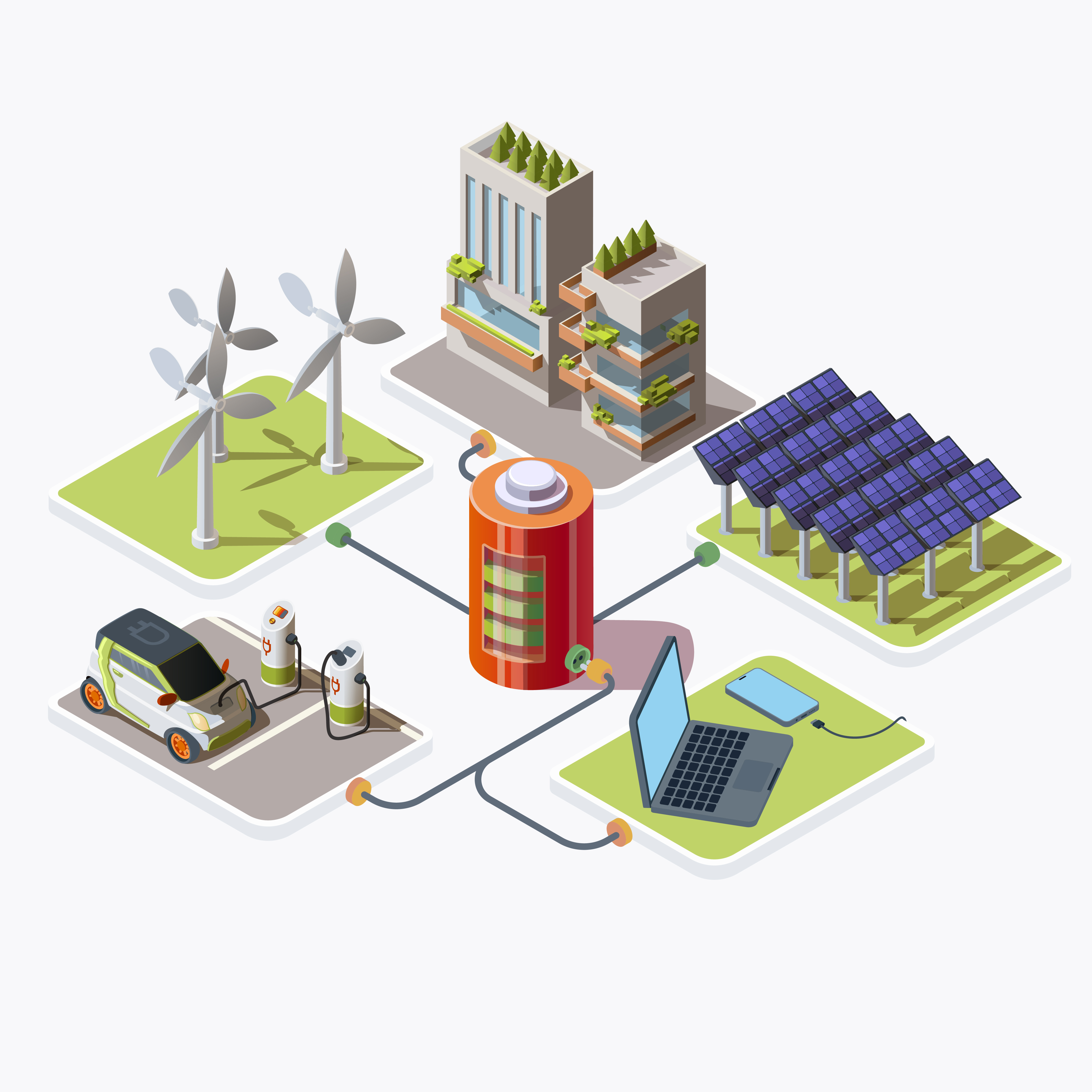Table of Contents
ToggleIntroduction
In the face of escalating climate change concerns, achieving net-zero homes has emerged as a pivotal goal in sustainable housing. These homes are designed to produce as much energy as they consume, thereby significantly reducing their carbon footprint. A crucial component in achieving this ambitious target is the integration of renewable energy sources. In this article, we delve into the pivotal role that renewable energy plays in realizing net-zero homes.
Understanding Net-Zero Homes
Net-zero homes, also known as zero-energy homes or carbon-neutral homes, are buildings designed and constructed to minimize energy consumption and offset the remaining energy usage through renewable energy generation. These homes typically incorporate high levels of energy efficiency, on-site renewable energy systems, and smart energy management technologies. The benefits of net-zero homes extend beyond environmental stewardship to include economic savings, enhanced comfort, and resilience. Homeowners can enjoy reduced energy bills, improved indoor air quality, and increased property value, while also contributing to global efforts to combat climate change.
Renewable energy sources are fundamental to achieving net-zero homes by providing clean, sustainable energy to power household needs. Let’s explore the various renewable energy options and their integration into net-zero home design and construction. Solar energy is perhaps the most well-known renewable energy source for net-zero homes. Photovoltaic (PV) systems convert sunlight directly into electricity, while solar thermal systems utilize sunlight to heat water for domestic use and space heating.
PV systems consist of solar panels mounted on rooftops or other structures to capture sunlight and convert it into electricity. Advances in PV technology have made solar panels more efficient and affordable, making them a viable option for residential applications. Solar thermal systems use collectors to absorb sunlight and heat transfer fluids, such as water or air, for use in space heating, water heating, and even cooling through absorption chillers. These systems can significantly reduce the energy demand for heating and hot water in net-zero homes.
Wind Energy
Wind energy can also play a crucial role in powering net-zero homes, especially in areas with consistent wind patterns. Small-scale wind turbines, either mounted on rooftops or freestanding, can generate electricity to supplement or offset the home’s energy consumption. Small-scale wind turbines are designed for residential and small commercial applications, offering a renewable energy solution for homeowners seeking to diversify their energy sources. Proper siting and installation are essential to maximize the efficiency and minimize the visual impact of wind turbines.
Integrating wind energy into net-zero home energy systems requires careful consideration of factors such as wind resource availability, zoning regulations, and aesthetic considerations. Wind energy can complement other renewable energy sources, such as solar, to provide a reliable and resilient energy supply. Geothermal energy harnesses the heat stored beneath the Earth’s surface to provide heating, cooling, and hot water for residential buildings. Geothermal heat pumps transfer heat between the ground and the home’s interior, offering an energy-efficient and environmentally friendly heating and cooling solution.
Geothermal heat pumps utilize the relatively stable temperature of the ground to provide space heating in the winter and cooling in the summer. These systems are highly efficient, with lower operating costs and reduced environmental impact compared to conventional heating and cooling systems.The benefits of geothermal energy for net-zero homes include energy savings, reduced greenhouse gas emissions, and enhanced comfort and indoor air quality. Geothermal heat pumps can significantly reduce the energy demand for heating and cooling, making them a valuable component of net-zero home design.
Biomass Energy
Biomass energy involves the use of organic materials, such as wood pellets, agricultural residues, and biofuels, to generate heat and electricity for residential applications. Biomass boilers and stoves can provide space heating, hot water, and even electricity in net-zero homes.Biomass boilers combust organic materials to produce heat, which can be distributed through radiators, underfloor heating systems, or hot water cylinders. These systems offer a renewable alternative to traditional fossil fuel boilers, reducing carbon emissions and reliance on non-renewable energy sources.
When utilizing biomass energy in net-zero homes, it’s essential to source sustainable biomass fuels to minimize environmental impact. Certified wood pellets, agricultural residues, and waste biomass can provide renewable energy without contributing to deforestation or other adverse environmental effects.In addition to renewable energy generation, energy efficiency measures are critical for achieving net-zero homes. Energy-efficient appliances, lighting, insulation, and building design strategies can significantly reduce energy demand and improve the overall performance of net-zero homes.
Choosing energy-efficient appliances and lighting fixtures can lower electricity consumption and reduce the overall energy demand of net-zero homes. ENERGY STAR-rated appliances, LED lighting, and smart home technologies can help homeowners optimize energy usage and minimize waste. Passive design strategies, such as proper orientation, insulation, and shading, can optimize the thermal performance of net-zero homes and reduce the need for mechanical heating and cooling. Passive solar design principles maximize natural light and heat gain in winter while minimizing heat gain in summer, improving comfort and energy efficiency.
Building Design and Construction
The design and construction of net-zero homes play a crucial role in achieving energy efficiency and renewable energy integration. Passive solar design, energy-efficient building materials, and airtight construction techniques can minimize energy losses and maximize the effectiveness of renewable energy systems. Passive solar design principles leverage the sun’s energy to provide heating, lighting, and ventilation for net-zero homes. Strategies such as south-facing windows, thermal mass, and overhangs can optimize solar gain in winter while minimizing heat gain in summer, reducing the need for mechanical heating and cooling.
Proper insulation and airtight construction are essential for minimizing heat loss and ensuring thermal comfort in net-zero homes. High-performance insulation materials, such as spray foam or rigid foam board, and air sealing techniques, such as caulking and weatherstripping, can reduce energy demand and improve overall building performance.
Energy monitoring and management systems are essential for optimizing the performance of renewable energy systems and minimizing energy waste in net-zero homes. Smart meters, energy monitoring software, and home energy management systems provide real-time data on energy usage and production, enabling homeowners to make informed decisions to reduce consumption and maximize efficiency.Smart home technologies, such as programmable thermostats, smart lighting controls, and home automation systems, can enhance energy efficiency and convenience in net-zero homes. These technologies allow homeowners to control energy usage remotely, schedule energy-intensive tasks during off-peak hours, and optimize energy consumption based on occupancy and weather conditions.
Tools for tracking energy consumption and production, such as energy monitoring apps, online portals, and in-home displays, provide homeowners with visibility into their energy usage patterns and renewable energy generation. By monitoring energy flows in real-time, homeowners can identify opportunities for energy savings and make adjustments to optimize performance.
Financing and Incentives
Financing net-zero homes can be a significant barrier for homeowners due to the upfront costs of renewable energy systems and energy-efficient upgrades. However, there are several financial incentives and financing options available to help offset the initial investment and make net-zero homes more affordable and accessible.
Government incentives, rebates, and tax credits can significantly reduce the cost of renewable energy systems and energy-efficient upgrades for net-zero homes. Programs such as the federal Investment Tax Credit (ITC), state and local rebates, and utility incentives can provide financial assistance to homeowners investing in clean energy solutions.
Financing options, such as energy-efficient mortgages, solar loans, and property-assessed clean energy (PACE) financing, offer alternative ways to finance net-zero home projects. These financing mechanisms allow homeowners to spread out the cost of renewable energy systems and energy-efficient upgrades over time, with payments tied to energy savings or property tax assessments.
Community Engagement
Community involvement is essential for advancing sustainable housing initiatives and promoting the adoption of net-zero homes. Outreach and education programs, community workshops, and collaborative initiatives engage residents, builders, and policymakers in discussions about sustainable building practices and renewable energy solutions.
Outreach and education programs raise awareness about the benefits of net-zero homes and provide resources and guidance to homeowners, builders, and policymakers. Workshops, seminars, and online resources offer opportunities for stakeholders to learn about energy-efficient construction, renewable energy technologies, and available incentives.
Collaborative efforts between community stakeholders, including homeowners, builders, developers, and local governments, are essential for overcoming barriers to net-zero energy and fostering a supportive environment for sustainable housing. By sharing best practices, pooling resources, and advocating for policy changes, communities can accelerate the adoption of net-zero homes and advance the transition to a clean energy future.
Conclusion
In conclusion, renewable energy plays a critical role in achieving net-zero homes by providing clean, sustainable energy to power household needs. From solar and wind to geothermal and biomass, a diverse array of renewable energy sources can be integrated into net-zero home design and construction to minimize energy consumption and carbon emissions. By combining renewable energy generation with energy efficiency measures, smart home technologies, and community engagement efforts, stakeholders can accelerate the transition to sustainable housing and create a more resilient and equitable future for all.
FAQs
What are net-zero homes?
Net-zero homes, also known as zero-energy homes or carbon-neutral homes, are buildings designed and constructed to minimize energy consumption and offset the remaining energy usage through renewable energy generation. These homes typically incorporate high levels of energy efficiency, on-site renewable energy systems, and smart energy management technologies.
What is the role of renewable energy in achieving net-zero homes?
Renewable energy plays a pivotal role in achieving net-zero homes by providing clean, sustainable energy to power household needs. Technologies such as solar panels, wind turbines, geothermal heat pumps, and biomass boilers can generate electricity, heat, and hot water for net-zero homes, helping to minimize energy consumption and carbon emissions.
How can energy efficiency measures contribute to achieving net-zero homes?
Energy efficiency measures, such as using energy-efficient appliances, lighting, insulation, and passive design strategies, can significantly reduce energy demand in net-zero homes. By minimizing energy consumption, homeowners can lower their reliance on renewable energy systems and further decrease their carbon footprint.
What financial incentives and financing options are available for net-zero homes?
There are several financial incentives and financing options available to support the construction of net-zero homes, including government rebates, tax credits, grants, and low-interest loans. Additionally, energy-efficient mortgages, solar leases, and property-assessed clean energy (PACE) financing can help homeowners offset the upfront costs of renewable energy systems and energy-efficient upgrades.
What are some challenges associated with achieving net-zero homes?
Challenges associated with achieving net-zero homes include high upfront costs, technical complexities, regulatory barriers, and limited availability of skilled professionals. Additionally, site-specific factors such as geographic location, climate conditions, and building orientation can impact the feasibility and performance of net-zero home projects.
How can community engagement support the transition to net-zero homes?
Community engagement plays a vital role in supporting the transition to net-zero homes by raising awareness, fostering support, and sharing best practices. Outreach and education programs, collaborative initiatives, and advocacy efforts can empower homeowners, builders, developers, and policymakers to embrace sustainable housing solutions and accelerate the adoption of net-zero homes.







